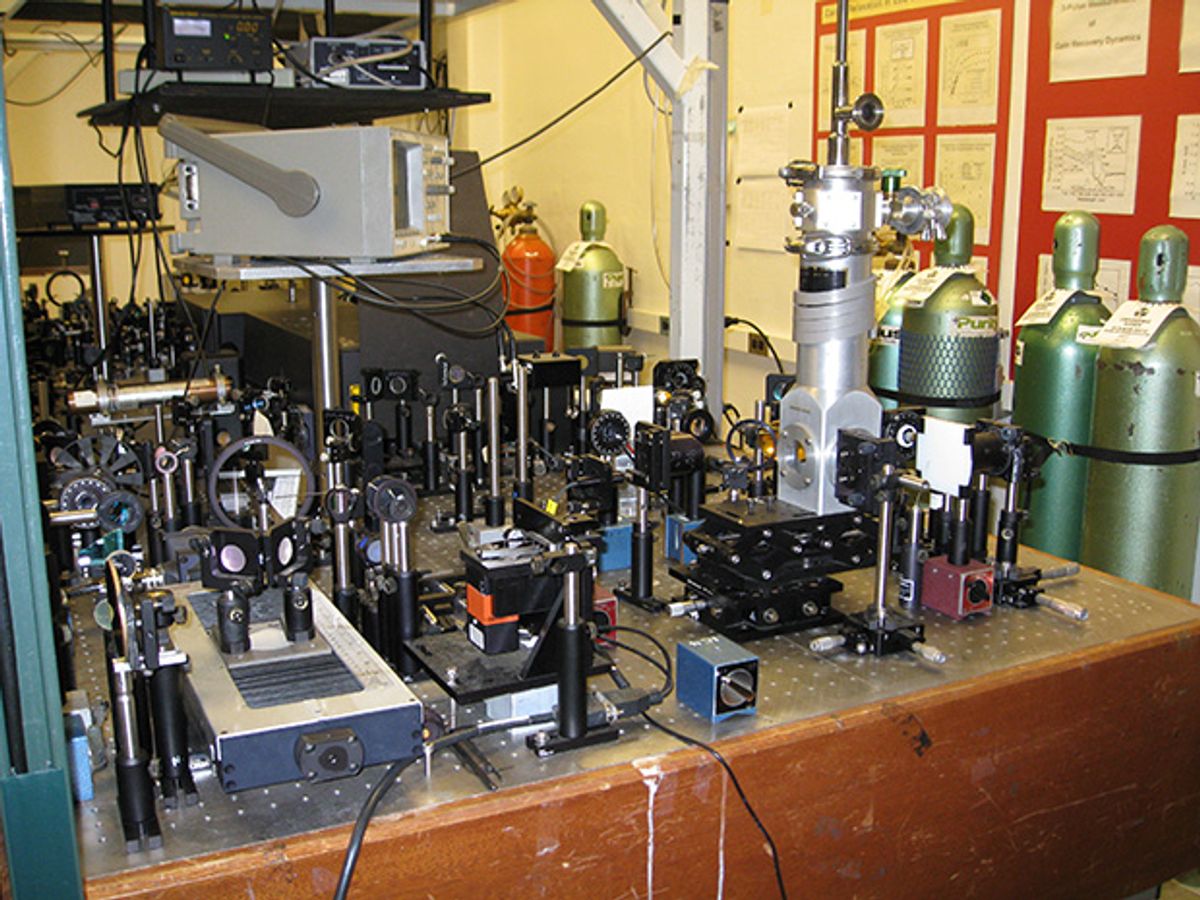Cooling fans and other system-level solutions are reaching their limits as circuit densities continue to grow. It’s no wonder then that graphene’s remarkable heat conductivity has led to a lot of research into using it to for thermal management in electronics.
Now an international team of researchers, organized by a team at the University of Michigan, has found that layered graphene can be an important tool for thermal management because of its ability to release heat efficiently.
In research published in the journal Nature Communications, the scientists demonstrated that the electrostatic interactions between electrically charged particles—known as Coulomb interactions—in different layers of multi-layered graphene offers a key mechanism for dispersing heat. This occurs despite the fact that all electronic states are strongly confined within individual 2D layers.
“We believe that this cooling mechanism is not limited to multilayer graphene samples but is likely to be important in many other new, layered nanomaterials under active development by the scientific community,” said Theodore Norris, who led the research, in a press release.
This mechanism came as a bit of surprise to the researchers. They did not expect the heat building up in the electrons of the graphene to travel well through the layers because previous observations had shown that the graphene layers interact too weakly for this to occur. This stood in contrast to 3D pieces of silicon that are capable of conducting heat in any direction.
Momchil Mihnev, a doctoral student at the University of Michigan and first author on the paper, explained in the press release that while the electrons in the different layers can’t mechanically come in contact with each other, they do manage to interact with each other through their electrical charges.
When the negative charges repel each other, the electrons take on an effective size that extends between the layers. When the electrons come in contact with each other in this way, the hotter electrons transfer heat to the colder ones. This transfer of heat eventually channels down through the graphene towards the layer that is closest to the silicon carbide substrate the researchers used in these experiments. Once it gets to the final layer of graphene, the heat transfers into the silicon carbide.
The researchers have developed a detailed theory on why and how this mechanism works, and it could provide an important tool in keeping electronics cool well into the future.
Dexter Johnson is a contributing editor at IEEE Spectrum, with a focus on nanotechnology.



